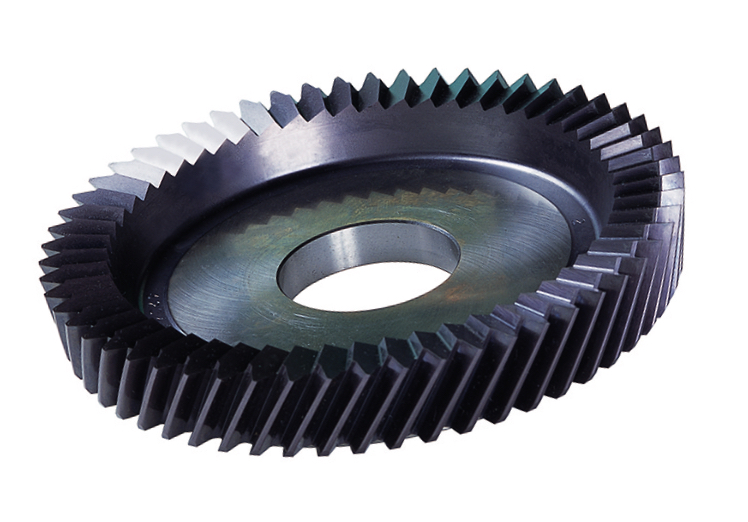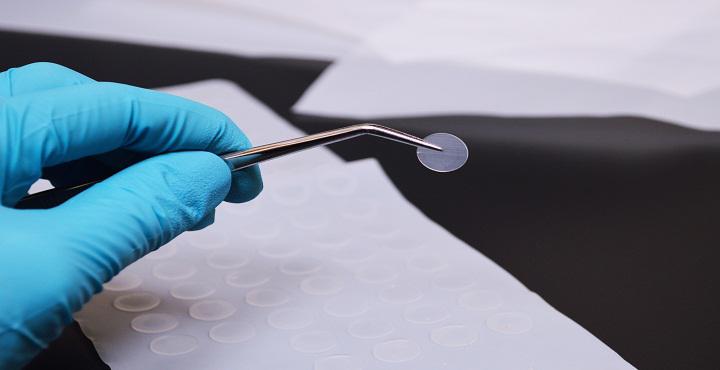The manufacturing of gears is unique due to the attention to detail in their design. Gear manufacturing requires extreme precision. The world over, gear designs have stayed constant over the millennia.
Gear cutting’s past
The use of round blank wheels to convey motion and power dates back to prehistoric times.
Simple spherical discs that were fastened to the ends of each shaft served as the wheels. Rolling the face of one shaft over the face of the other was how power was transferred
By creating friction between themselves, the mating pieces spun around one another. Herman Pfuater later created a device in 1897 that can cut gears, laying the groundwork for toothed wheels to be used as gears.
Since then, the gear cutting technique has been used.
Gear manufacturing processes:
- Casting: Several casting techniques can be used to create gears; sand casting is the most popular and cost-effective method. Large and modular gears can be produced at a minimal cost.
These applications, which tolerate operating noise and motion accuracy, often accept these gears’ roughness and accuracy. Sand casting is appropriate for small batches or one-off items. Investment cast gears feature a greater level of dimensional accuracy and a smooth surface.
Unlike gears constructed by sand casting, these can be produced using strong materials to sustain heavy weights.
Thermoplastic gears made through injection molding can also be employed for low loads with higher accuracy and motion.
Because shell molding is the least expensive, it is occasionally used to make small gears. Casting, however, falls short of what is needed to produce gears in large quantities.
Forming is the second method.
2.forming: A gear blank is attached on a shaft and compelled to roll against rolling dies during this procedure. There are many revolution counts provided. By pressing a die against a blank wheel, a solid wheel with teeth is created.
This method produces gears that are more accurate and stronger. Depending on the application, roll forming can be done in either hot or cold temperatures.
This approach produces gears that don’t require any finishing work. This process also saves a significant amount of material, but the gears are made using very expensive machinery.
- Metal removal: As the name implies, blank wheels are machined in this technique to remove metal from the workpiece in order to form gear teeth around the edge of the workpiece.
The primary techniques used in this process of cutting gears are:
- Using a gear shaper cutters or profiling.
- Method of generation.
Why is the gear hobbing technique so popular?
When compared to alternative generating techniques, this method is cost-effective.
- This process moves more quickly and continuously.
- Gears of every kind can be created.
- Dimensions are obtained with accuracy.
- By stacking the blanks one on top of the other, many blanks can be machined simultaneously.
- The same hob can be used to cut any number of teeth.
- Before being installed in any machinery, the gears created by all casting, forming, cutting, and generation processes are submitted for shaving, burnishing, grinding, and finishing.
On specialized machinery made exclusively for cutting gears, the gear cutting is done. There is a milling machine that has been around for a while that is still functional and can be used for tasks other than cutting gears, but it is not appropriate for producing gears on a big scale.



